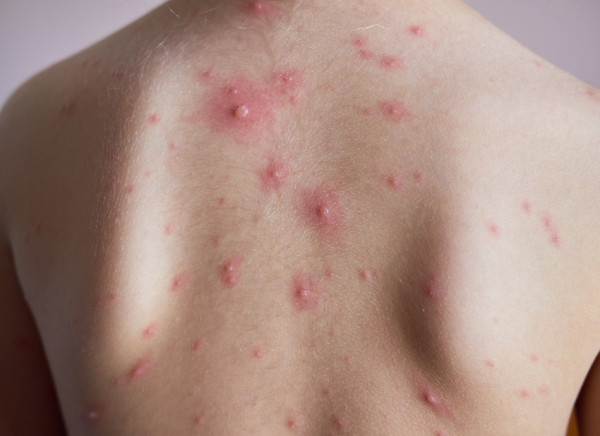Chickenpox is caused by varicella-zoster virus, a virus from the herpes virus family.
The chickenpox virus is very contagious, which means it's very easy to catch. It's spread by sneezing and coughing, or by contact with the fluid inside chickenpox blisters. You can catch chickenpox from touching clothing or objects that have this fluid on them.
The time from catching the infection to seeing the rash (incubation period) for chickenpox is usually 14 to 16 days but it can range from 10 to 21 days.
You're infectious 2 days before the rash appears until all the blisters have dried up – when the spots are all scabbed over and dry. This usually takes 5 to 7 days.
While you're ill your body makes antibodies to the chickenpox virus. This means it's very unlikely you will catch chickenpox again. If you do, it will be mild.
You're at risk of getting chickenpox if you're exposed to the chickenpox virus and have never had chickenpox or haven’t had the chickenpox vaccine. In Aoteaora New Zealand, about 90% of people who are not vaccinated get chickenpox when they're children. If one child in your family gets chickenpox, it's very likely that other children (or anyone in your household who hasn't had it before) will get it also.
Chicken pox isn't common in tropical and subtropical countries. People moving to Aotearoa New Zealand from these countries aren't likely to have had chickenpox as children, so they're more likely to catch it as adults.







